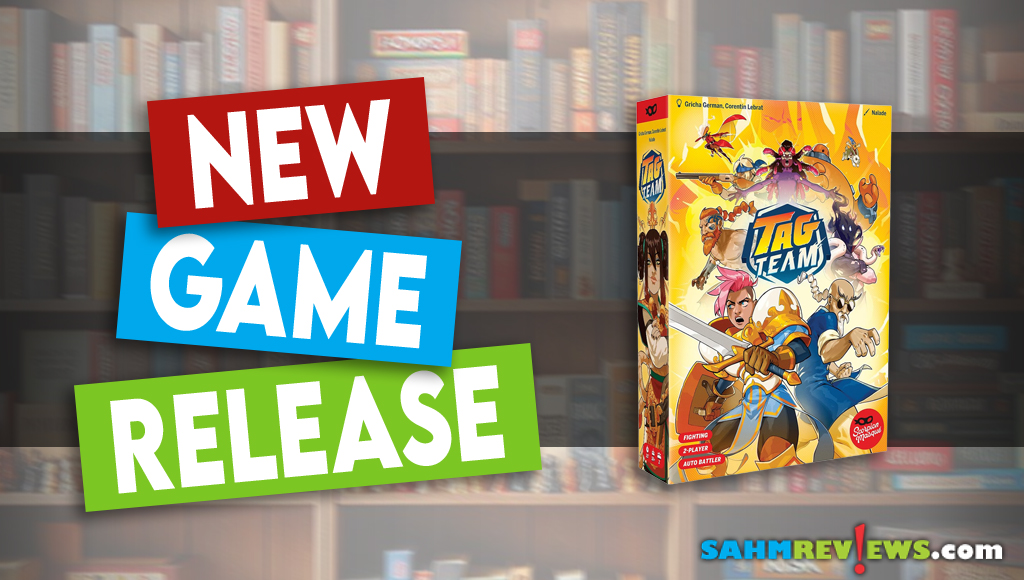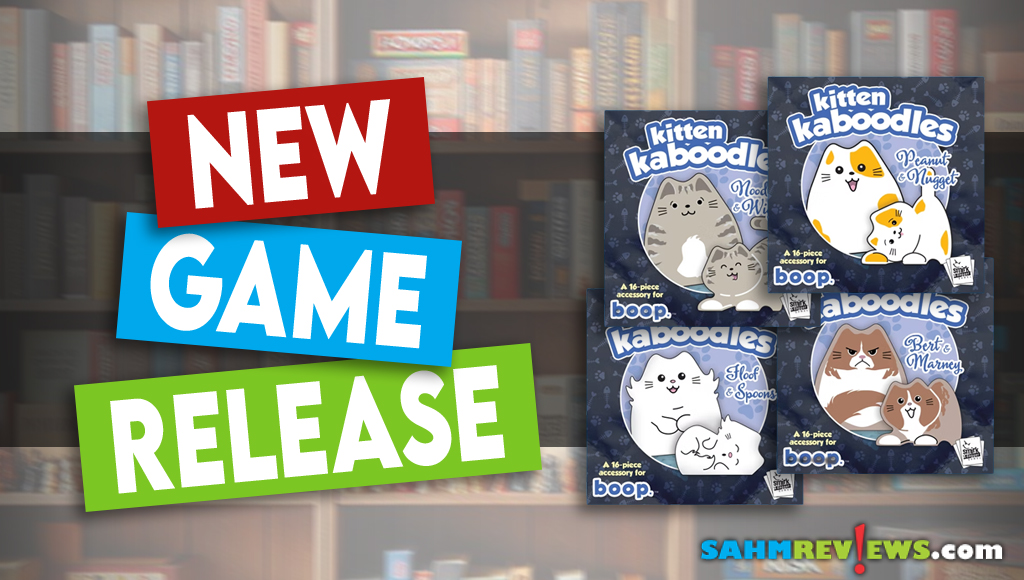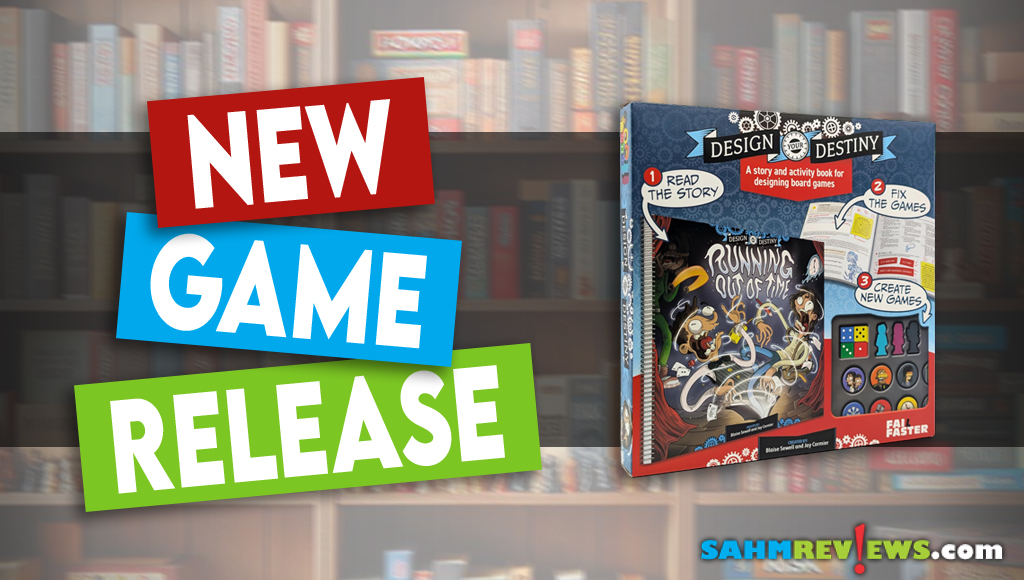Miller Zoo Cooperative Game Overview

We always try to guess when the last snow will come for the season, which is always sometime in the spring. This is a big focus as I’d like to start prepping the grass so I can start overseeding and getting it looking good for the summer. Until then, instead of playing pickleball outside and soaking in some sun rays, we get stuck in the house. For us, sometimes this is quite alright, as we are able to get a new game to the table.
As we enjoy the summer heat, we reminisce about that. We were able to play through the included campaign of Miller Zoo by Randolph Games. Hachette Boardgames provided us with this copy to review. The plan was to play one game, but it was such a hit we played it over and over all in one day. This was mostly because Em and Ev kept wanting to continue opening the envelopes to see what stickers and things were next, including new animal cards. Miller Zoo is a cooperative game for 1-6 players of getting new animals into the zoo while also fixing problems with the ones within the zoo.

Strangely enough, I wouldn’t exactly call Miller Zoo a campaign game. It’s more like scenarios that will slowly introduce abilities and animals into the game. Each successful play session ends with new rules and stickers that will form a way to play the “classic game”. So really you play through scenarios that teach you the game. It actually works very well, as it encouraged us to change colors of the players we played as, and we were able to more fully explore the game with the small steps.
Some things change each time, but it’s mostly the same rules and concepts throughout with added abilities and more animals to add to your zoo. Your goal in this game is to receive a certain amount of animals into the zoo while still having resource cards in the game. If you ever run out of resource cards, and you still have an animal that needs to come into the zoo, then all players lose the game.

Setup is done pretty quickly, as cards are placed in their designated areas, and four animal cards are flipped out. Each player will have a player card that can give them some abilities throughout the game. Each round you will draw four cards, sometimes more with abilities. Then each player draws a need card, and tokens are placed on matching animals already in the zoo with the matching need. Players then perform actions trying to do a combination of adding animals into the zoo, which is the main goal in the game, but also to remove “need tokens” from animals in the zoo to maintain their needs.
If an animal has a need token on them after the round finishes, then cards from the resource deck will be flipped over into the discard pile one at a time until a matching icon is shown to help with the shown need or needs. This causes the resource deck, which serves as the game’s timer, to have less cards. If this deck gets depleted without receiving all animals into the zoo, then everyone loses.

So players are working together to use their cards to move locations (any resource card can be discarded to move). They can also spend cards to help with the needs or to match them with the needs listed on a new animal card to receive them into the zoo. Each player will eventually have a specialty of being able to remove a specific type of needs token for free, or using one to receive an animal without actually using a card. Then each characters will also have an ability which will let them break the rules in some way to be more efficient when playing the game.

Each envelope we opened introduced us to a bunch of new animals. Miller Zoo is a real zoo in Canada so it’s likely the names on the cards are the actual animals in that zoo. Em and Ev caught on to the game super quick, and Ev got very excited to be able to take his own turns without needing help. There really isn’t a lot of reading in this game, and once you figure out the main rules, everything just feels automatic.

We were able to place a lot of stickers on the back of the board based on accomplishments. Some of the challenges were on the tougher end and we are still working on accomplishing some of those to get those stickers into place. The stickers and the new cards really help the game to be more enjoyable as there are new things to discover and it helps with a sense of achievement.
As we played through the scenarios of Miller Zoo, we talked about teamwork and how well we needed and did work together while playing the game. It also opened the door to conversations to compare that to real life – when you work with others, and have a common goal. We formed plans, and continued with good teamwork. Em and Ev kept high-fiving everyone when we did well and executed our plans of clearing extra tokens and adding new animals to the game. This is a great game for families with younger kids, and for those who like cooperative games with an animal theme. Again, it also slowly introduces extra things into the game, which I highly recommend experiencing. It has some feelings of a legacy game, without being a legacy game, just a good way to explain the rules. Stepping stone games like this are perfect for leveling up kids’ comprehension of different types of games. You can introduce your family to Miller Zoo by ordering a copy from Amazon or from Hachette Boardgames. Better yet, visit your local game store on the way to or from the zoo to see if they have it in stock!
When was the last time you enjoyed a cooperative game – or a trip to the zoo?


